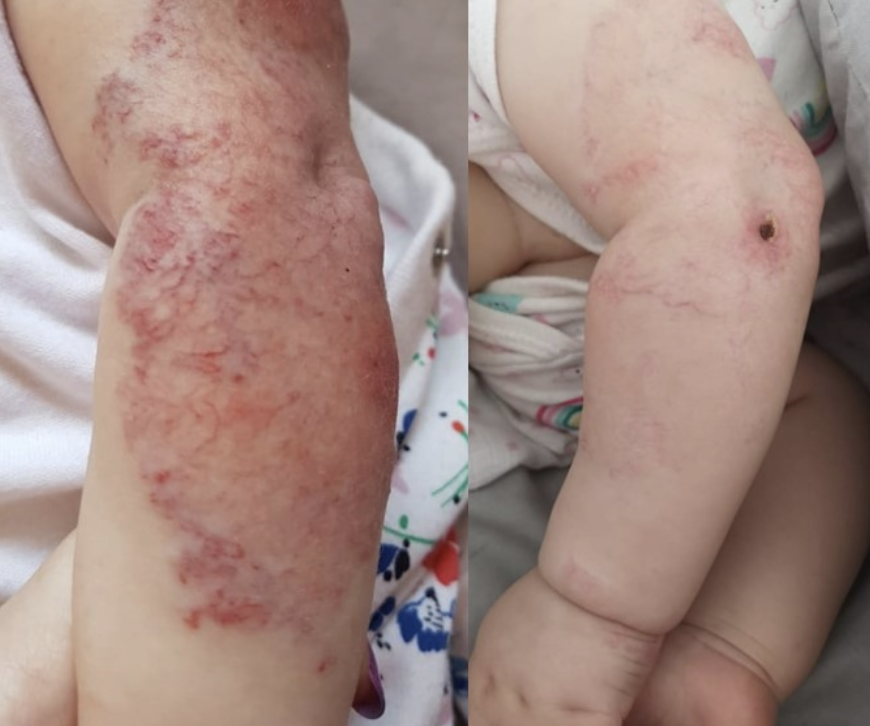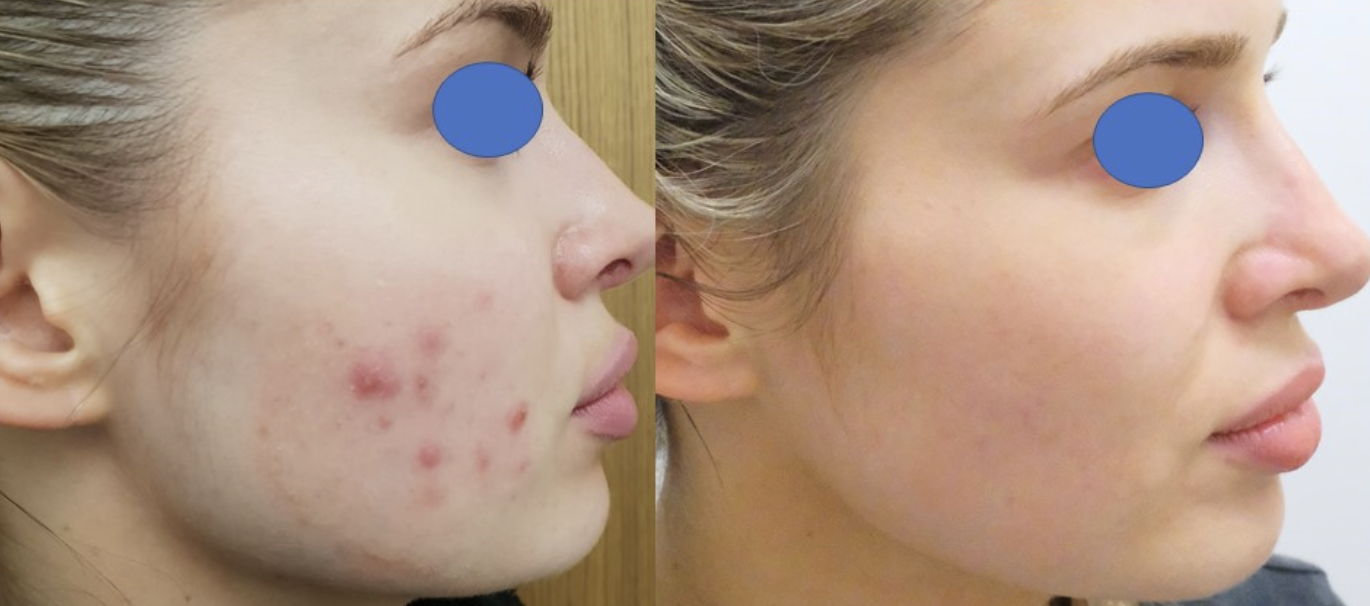Laser Resurfacing
Treatment
Laser resurfacing is a treatment that “resurfaces” the skin. That is, it will remove layers of the skin and smoothen out the surface for a better cosmetic appearance. The skin is composed of an outer layer called the epidermis and a deeper layer called the dermis. The epidermis consists of skin cells called keratinocytes together with pigment-producing cells called the melanocytes. Maturation of keratinocytes starts from the base of the epidermis and the cells move upwards as they mature and end up in the uppermost layer of the epidermis called the stratum corneum. Several factors can lead to changes in the appearance of the surface of the skin which can be related to sun exposure, aging, smoking, lack of skincare use, and many others can lead to thickening of the upper layer with a dull appearance of the skin and signs of sun-damage and aging such as fine lines and wrinkles.
The deeper part of the skin is called the dermis and is the matrix of the skin as it is composed of collagen and elastin and hold the hydration of the skin through endogenous hyaluronic acid. Changes in the dermis due to factors mentioned above can lead to depletion or abnormal collagen and an unhealthy dermis giving rise to signs of wrinkling and a “tired” look of the skin. Laser resurfacing can address these issues and give a smoother appearance of the surface of the skin with less abnormal discolouration and a healthier dermis with better collagen and fewer wrinkles.
Laser resurfacing is performed using an ablative laser that results in removal of layers of the skin and the generation of heat that is essential in a favourable wound healing. The best laser used for laser resurfacing is the carbon dioxide (CO2) laser such as the Candela co2re laser or the Lumenis ultrapulse lasers. These lasers are powerful and lead to a better appearance of the skin with improvement in fine lines, wrinkles, sun damage, and scars including acne scars. The procedure is performed under appropriate local anaesthesia and a recovery time ranging from few days up to 2 weeks depending on the depth and level of laser resurfacing.
Professor Firas Al-Niaimi is one of very few dermatologists in the UK who is officially trained in laser resurfacing with huge experience as well as multiple publications in the field. These publications can be found in the publications section of the website.
FAQs
The procedure takes place under local anaesthesia which is a combination of a cream applied for an hour plus few injections to ensure the skin is completely numbed. If requested we can offer the procedure under light sedation.
The procedure takes around half an hour plus one hour of anaesthetic cream application so in total around 90 minutes.
Laser resurfacing is a fairly invasive procedure with the risk of certain complications in some cases. I refer you to the CO2 consent form in the patients corner for full details on the possible complications.
Yes and it tends to give better results when combined with other treatments based on the individual needs.








